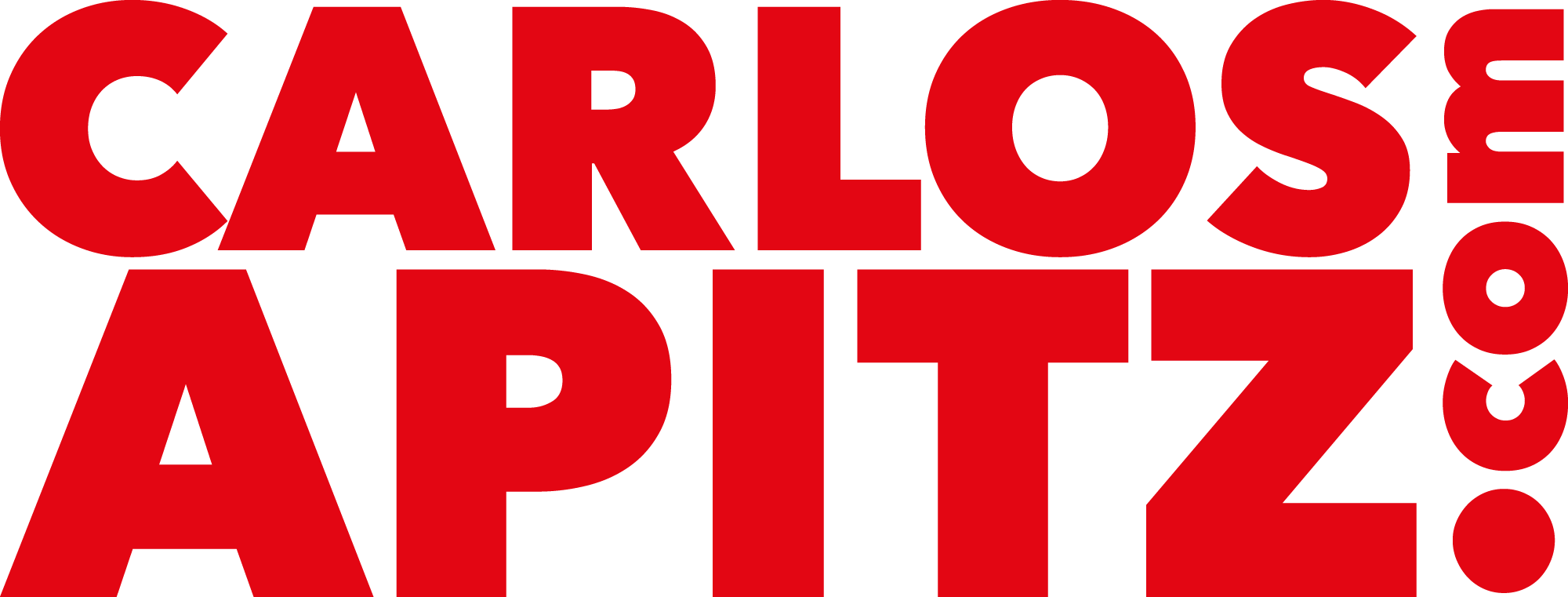
Art and Graphic Design: A Line as Thin as It Is Powerful
Where does art end and design begin?
I often find myself reflecting on the thin line that separates art from graphic design. Both disciplines share tools, visual languages, and, in many cases, similar creative processes. However, their intentions and purposes often differ.
Art is, above all, a personal expression. It’s a manifestation of emotions, ideas, or social commentary that the artist wants to share with the world. It doesn’t need to follow rules or serve a specific function. It’s free, subjective, and often provocative. On the other hand, graphic design aims to communicate a clear, effective message to a specific audience. It’s functional, and often bound by constraints—whether from a client, medium, or target market.
When Design Becomes Art
There are moments when design transcends its communicative function and becomes a piece of art. Think of the iconic posters by Juan Gatti for Almodóvar’s films. Although they were created for promotional purposes, their aesthetic and originality have turned them into art pieces in their own right.
This intersection between art and design isn’t new. Movements like the Bauhaus already explored the fusion of both disciplines, seeking a functional aesthetic that served both artistic expression and practical utility.
Other notable examples include the famous Le Chat Noir poster by Théophile Steinlen, created in 1896 for a Parisian cabaret. Though its purpose was advertising, its style and composition have turned it into an iconic art piece. Similarly, Henri de Toulouse-Lautrec’s posters for the Moulin Rouge, such as Moulin Rouge: La Goulue, blend art and design, capturing the essence of Parisian nightlife in that era.
Additionally, early typographic prints -like the illustrated books of Albrecht Pfister in the 15th century- combined text and imagery in harmonious ways, showing that art and design have been intertwined since the dawn of print.
Common Elements Between Art and Design
Both artists and designers use key visual elements: color, line, shape, texture, space, and value. These elements work together to create balanced and compelling compositions. For example, color can evoke specific emotions, while composition and balance ensure a visually coherent result.
Understanding and applying these elements is essential to both fields. An artist might use color theory to convey emotion, while a designer uses it to guide the viewer’s attention.
Art and Design in My Professional Practice
As a graphic designer and artist, I’ve experienced this duality firsthand. I originally used graphic design as a personal form of expression, exploring ideas and emotions through visual compositions. Over time, I began incorporating design elements—like typography, logos, and photography—into my artistic work. This fusion allows me to communicate more complex messages and connect more deeply with viewers.
In my art classes and digital drawing and design tutoring sessions, I emphasize the importance of understanding both design principles and the expressive freedom of art. This combination enriches creativity and helps students find their unique, authentic voice.
Conclusion
The line between art and graphic design is, in fact, a rich and fertile intersection. Both disciplines feed off each other, and when combined effectively, they can result in creations that are both functional and deeply expressive.
To learn more about this topic, or if you’re interested in art classes, design, or digital drawing tutoring, visit my website at CarlosApitz.com. You can also explore my work as a graphic designer and marketing expert at LinkTeam305.com, or connect with me through my professional profile on LinkedIn.
































